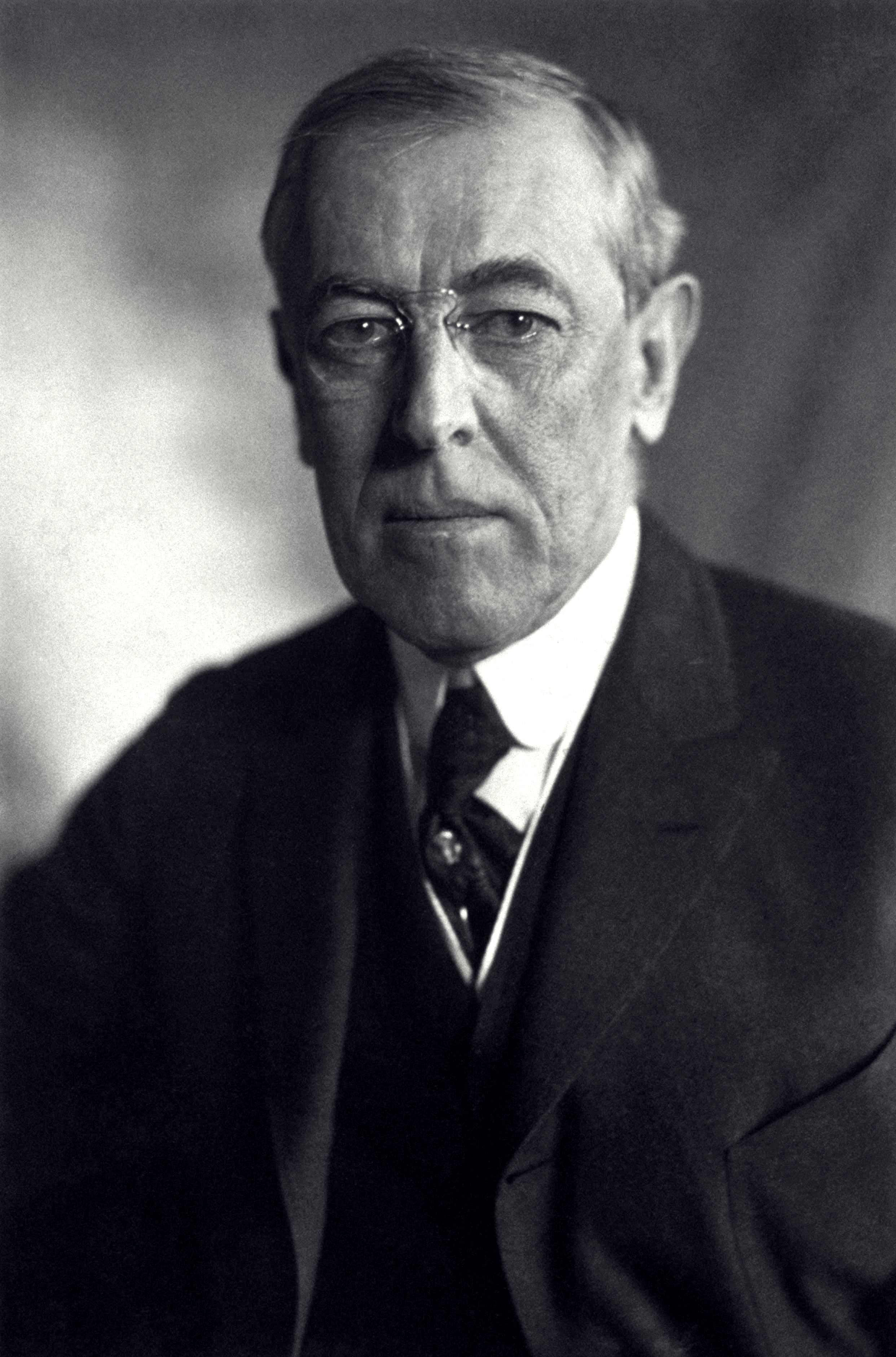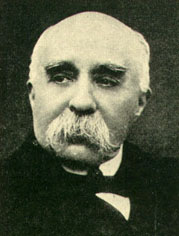 World War I has had a major effect on the world today. Even though "The War to End All Wars" did not end all wars, it did have a lasting impact on the world. It broke up empires and there have been no empires since the War.
World War I has had a major effect on the world today. Even though "The War to End All Wars" did not end all wars, it did have a lasting impact on the world. It broke up empires and there have been no empires since the War. Every war has had different fighting techniques, but World War I was the first war to use airplanes and tanks. Today, planes and tanks are a huge part in war. Fighting has forever been changed with the use of the tank and plane.









